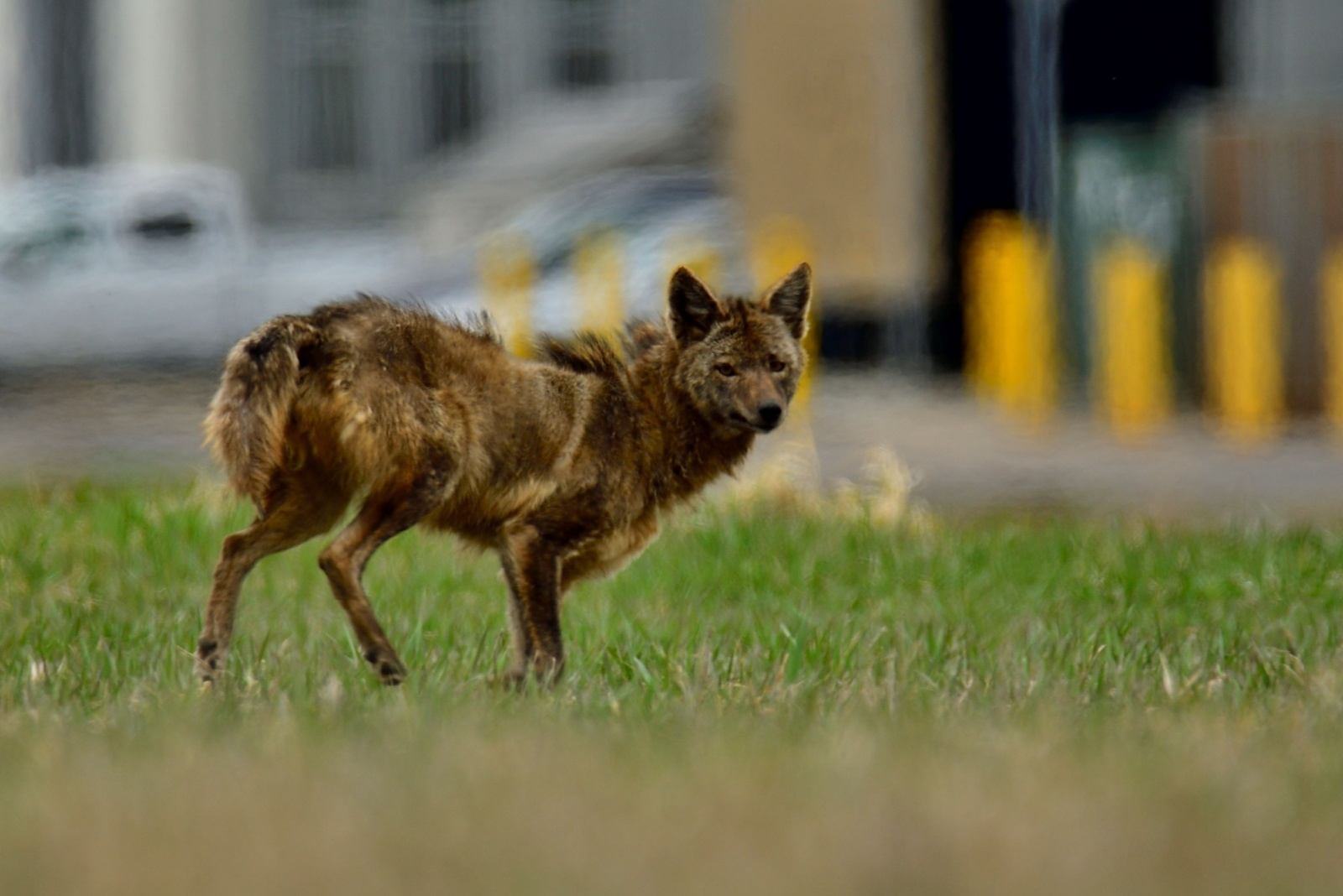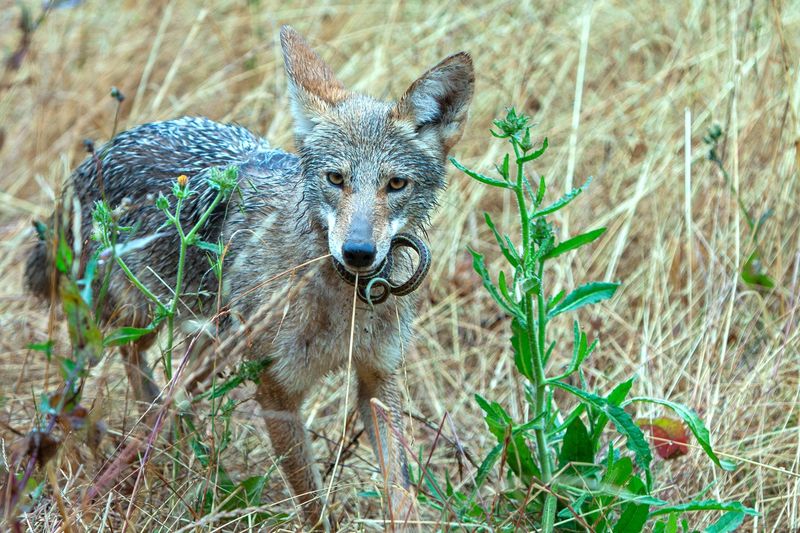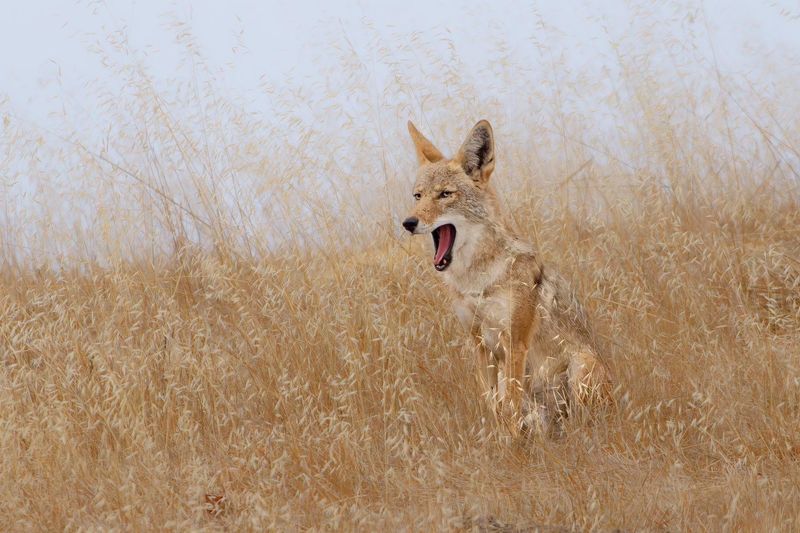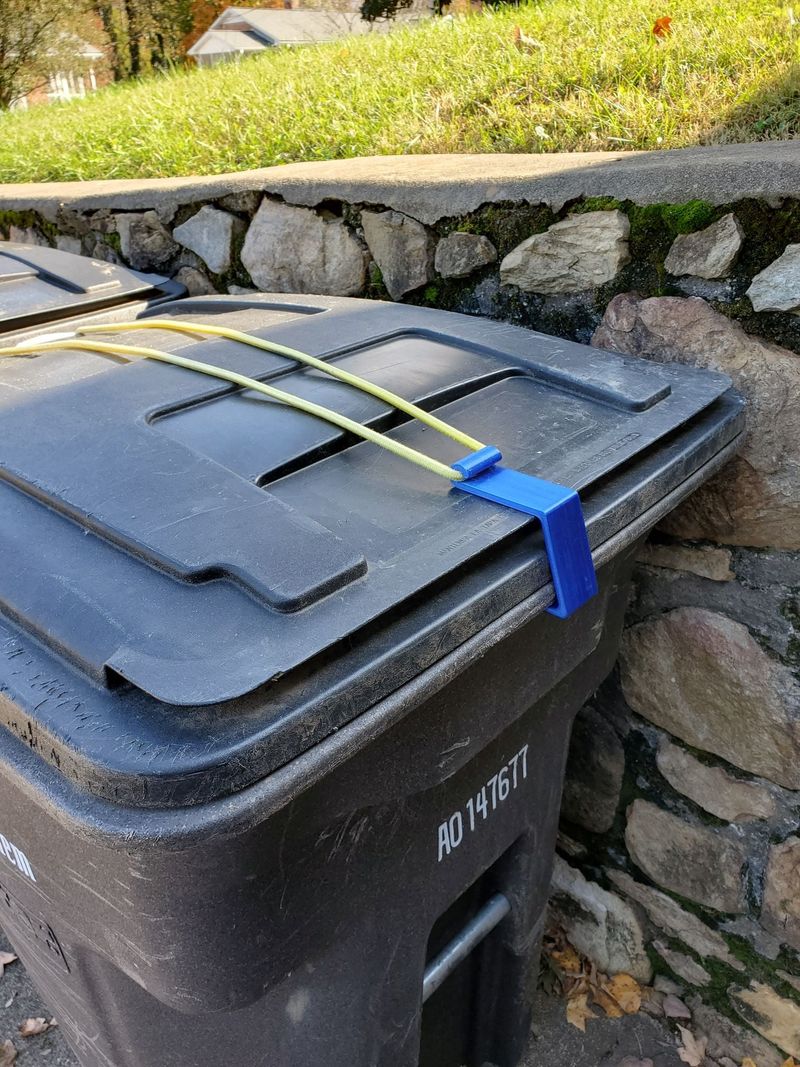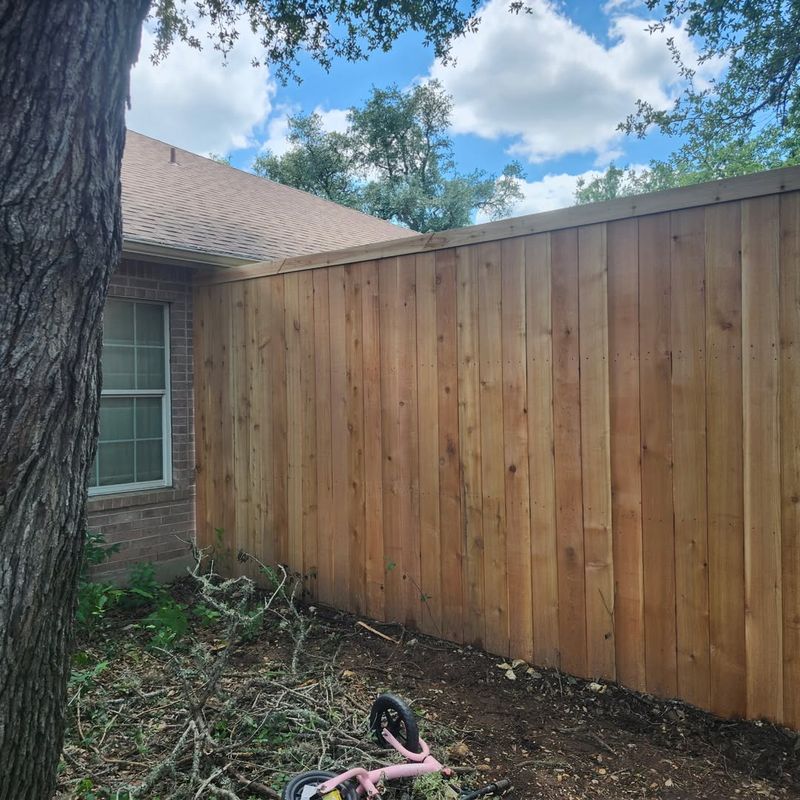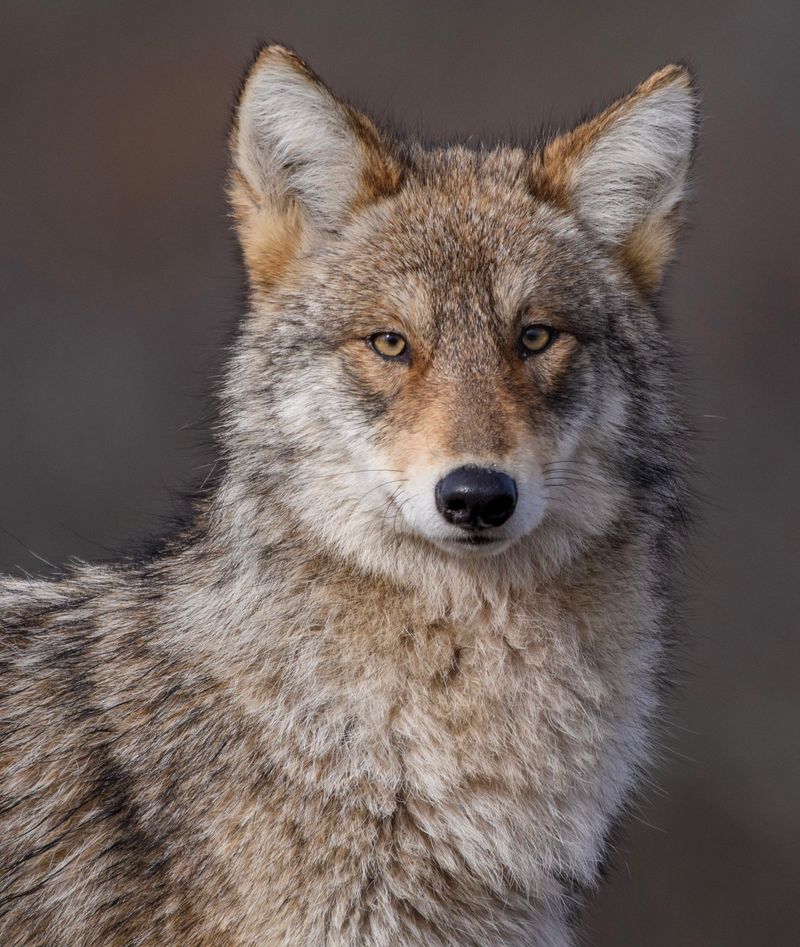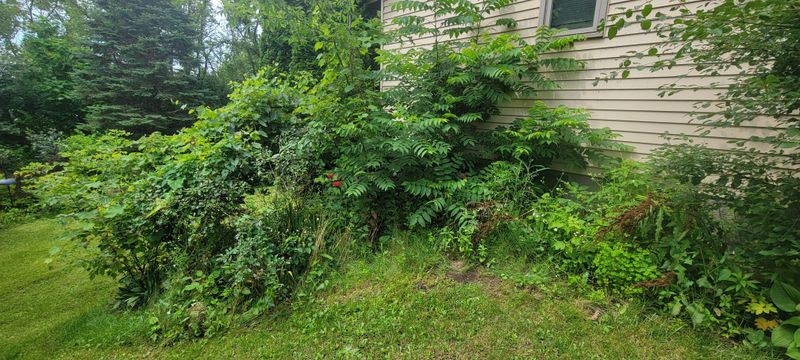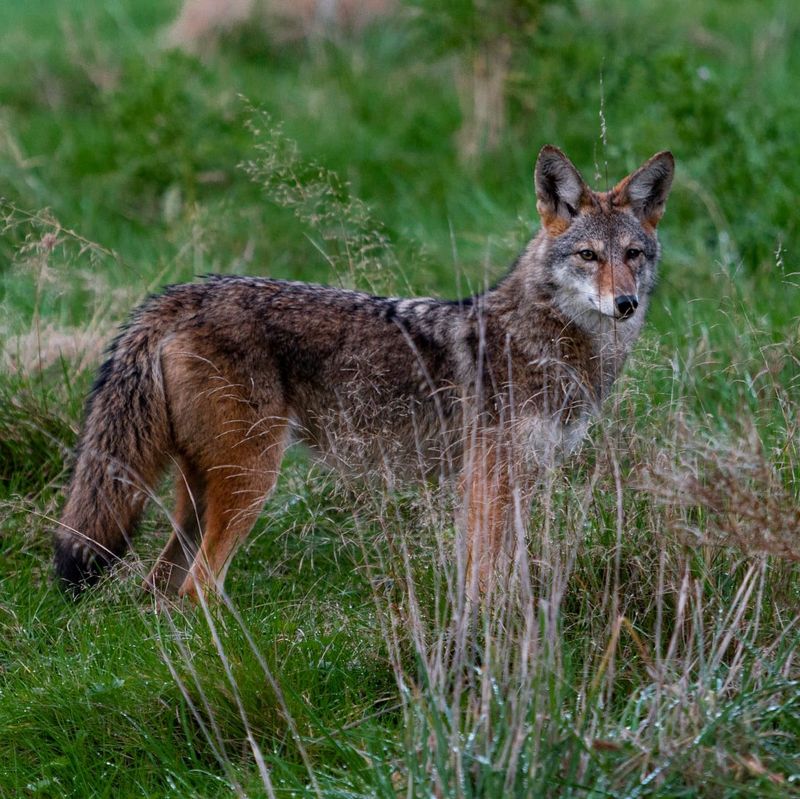When a coyote wanders into your Minnesota yard, it can stop you in your tracks. One minute you’re sipping coffee, the next you’re eye-to-eye with a visitor who didn’t bother to knock. But before you panic or jump to conclusions, take a breath.
oyotes are clever, curious creatures, and their surprise appearances are becoming more common across the state. Knowing what to do—and just as importantly, what not to do—can help you stay safe, keep your pets protected, and avoid turning a chance encounter into a bigger problem.
1. Never Feed Coyotes Or Leave Food Outside
Feeding coyotes, whether on purpose or by accident, teaches them that humans equal food. Once they make this connection, they lose their natural fear and become bold around people.
Pet food bowls, bird feeders, and unsecured garbage cans attract these animals straight to your Minnesota property. Remove all outdoor food sources immediately.
Even fallen fruit from trees can draw them in, so keep your yard clean and tidy at all times.
2. Make Yourself Look Big And Loud
When you spot a coyote nearby, your first instinct might be to run away or freeze. Actually, doing the opposite works much better for scaring them off safely.
Stand tall, wave your arms over your head, and yell loudly to appear threatening. Coyotes naturally avoid confrontation with larger, aggressive-seeming creatures.
Making noise with pots, whistles, or air horns adds extra intimidation power to send them running back where they belong.
3. Keep Pets On Leashes And Supervised
Small dogs and cats look like prey to hungry coyotes, especially during dawn and dusk hours when these predators hunt most actively. Never leave pets unattended outside, even in fenced Minnesota yards.
Always use a sturdy leash during walks and stay close by when your animals are doing their business. Coyotes can jump surprisingly high fences.
Installing motion-sensor lights around your property helps deter nighttime visitors looking for an easy meal.
4. Don’t Turn Your Back Or Run Away
Running from a coyote triggers their chase instinct, making a calm situation suddenly dangerous. Your movement signals that you’re prey worth pursuing.
Instead, face the animal directly and back away slowly while maintaining eye contact. Show confidence without acting aggressive or fearful.
Most coyotes will simply watch you leave or wander off themselves when they realize you’re not intimidated or offering food rewards for their presence.
5. Secure Your Trash And Compost Bins
Garbage smells like a buffet to coyotes with their incredibly sensitive noses. Regular trash cans with flimsy lids invite them to explore your Minnesota property night after night.
Invest in wildlife-proof containers with locking mechanisms that prevent tipping and opening. Store bins inside garages until collection day whenever possible.
Compost piles containing food scraps should be enclosed in secure bins rather than open heaps that broadcast dinner invitations across the neighborhood.
6. Install Proper Fencing Around Your Property
Standard fences might keep your dog contained but won’t necessarily stop a determined coyote from entering. Coyotes can jump over six-foot barriers and dig underneath gaps.
Extend fencing at least six inches below ground level and consider adding roller bars or angled extensions at the top. Solid wood or vinyl works better than chain-link.
Check regularly for holes, weak spots, or areas where digging has created entry points beneath the barrier.
7. Avoid Approaching Or Cornering Them
Curiosity might tempt you to get closer for a better look or photo, but approaching wild coyotes puts everyone at risk. Cornered animals feel threatened and may defend themselves aggressively.
Give them plenty of escape routes and space to retreat naturally. Never try to touch, pet, or capture one yourself.
If a coyote seems trapped in your garage or shed, open doors widely and leave the area so it can exit safely on its own.
8. Teach Children Proper Coyote Safety
Kids need clear instructions about what to do if they encounter a coyote while playing outside. Their natural curiosity could lead to dangerous situations.
Explain that coyotes are wild animals, not friendly dogs, and should never be approached or fed. Practice making loud noises together and demonstrate proper hazing techniques.
Tell them to immediately alert an adult if they spot one nearby rather than investigating on their own or trying to scare it away.
9. Remove Attractants Like Woodpiles And Brush
Coyotes love hiding spots where they can rest during daylight hours and observe potential prey without being seen. Dense brush, woodpiles, and overgrown vegetation in Minnesota yards create perfect shelter.
Trim bushes regularly, clear away debris piles, and maintain short grass throughout your property. Store firewood neatly away from the house.
Eliminating hiding places makes your yard less appealing as a hunting ground or denning site for these opportunistic predators seeking comfortable territory.
10. Report Aggressive Behavior To Wildlife Officials
Most coyotes avoid humans naturally, but ones that approach people, don’t retreat when hazed, or act aggressively need professional attention. Contact Minnesota DNR immediately with details.
Document the encounter with photos, videos, date, time, and location information to help officials assess the situation properly. Repeated sightings in neighborhoods may require intervention.
Wildlife experts can determine whether the animal poses genuine danger and take appropriate action to protect the community while managing the population responsibly.

